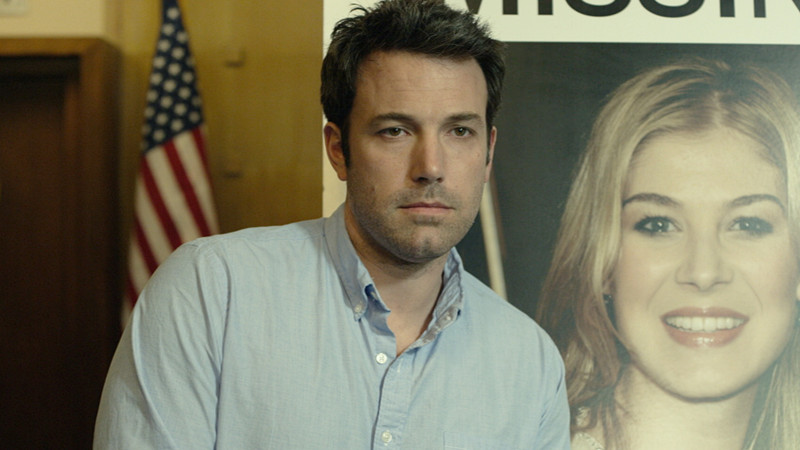
Our century has a new trend concerning the ending a screenwriter chooses to give their film: the love-it-or-leave-it open ending. An open ending seemingly leaves it up to the viewer to finish up the story; the final scene is not comprised of a goodbye or a dramatic explosion, but rather something so normal it could be part of the middle of the film’s duration. It could be an awkward conversation or a scene that could lead up to something climactic, albeit never doing so.
To be precise and appreciate the pure intentions of each filmmaker, we’d have to divide the presented films into two categories. There are those that are purely open-ended, where the core of the film is essentially left unaddressed, and it is up to the viewer to fill it with its own psyche and according to its own will; and there are those left somewhat open-ended, where there seems to be no actual catharsis or climax, but the body and soul of the story never actually demanded one to begin with, and all that mattered is that the story is actually settled.
Whether it is an easy solution, or a popular (pseudo?) artistic choice, one has to admit an open ending is a brave choice for a creator. Indeed, to leave the purpose and essence of your creation bare and vulnerable in the hands of the audience (did they make it? is it all a dream?) is a bet not easily won, thanks to the endless debating paths an ending wanders down along with its viewers’ opinions.
Let’s see which open endings from this century left a great impression and endless question marks for us, in chronological order.
(BEHOLD SPOILER-AVOIDERS, ENTER AT YOUR OWN RISK.)
15. Lost Highway (1997) – The Never-Ending
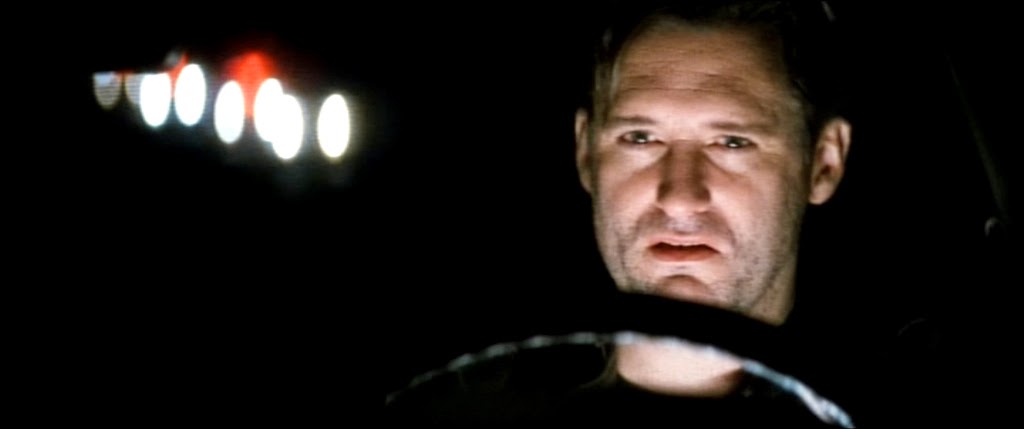
We begin with a title chronologically tiptoeing its way on high wire. David Lynch’s contemporary underappreciated gem “Lost Highway” is about a “wife-killer” unable to cope with reality, and thus creating another persona with which he tries to avoid the terrible deeds he’s committed.
Throughout the end sequence, our protagonist tries to escape from loud police vehicles pursuing him down the lost highway; whether this is a flashback or a symbolic representation of guilt and the ruthless reality from which he is unable to escape doesn’t matter at all. Creating a time paradox before it was cool, the protagonist leaves a message at the intercom of his own house – the very message he receives at the beginning of the film.
Combining this with Lynch’s parallelization of the film with a ‘fugue’ (a musical term, to describe a melodic beginning and ending at the exact same point), it would be unfair to merely describe this film’s ending as “open”; the film is a rather “closed” system, of round shape.
The viewer is running throughout the film’s events inside his mind like a guinea pig in his cage’s wheel – there’s no ending, and no beginning, merely endless events left wandering on the Lost Highway. Whether we viewed an eternally repeated pattern, what is true and what is fantasy and who our hero actually is are matters to which no one (not even the protagonist), but the viewers have a say.
The Debate: Many have claimed the film actually has an ending, and a pretty terministic one; the final jump cuts, bright lights, and buzzing sounds indicate the hero’s actual fate in the electric chair, putting the final dot on his soul’s time loop and fruitless efforts for catharsis.
14. Ghost World (2001) – The Dead-End
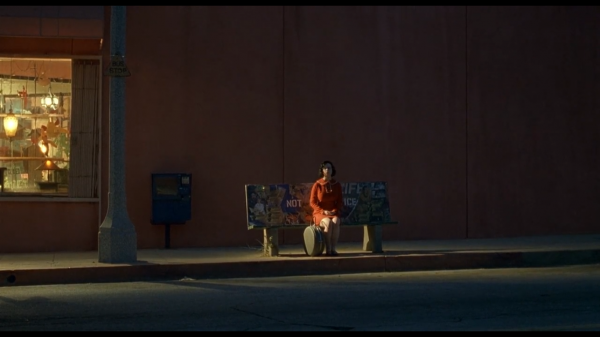
With a radical shift of cinematic atmosphere, we move to one of the first cool mumblecore indie films of the century, whose weird personas, neurotically existential dialogues, and realistically cartoonish incidents earned an Oscar nomination for Best Adapted Screenplay.
Enid and Rebecca are high school buddies, typical outcasts standing backstage, never wanting to engage with the main stage or those on it. Through a series of events triggered by a meeting with a middle-aged weirdo, the two start to grow, and even grow apart.
This acidic black comedy takes a melancholic turn when, after all the people in her life eventually leave her, Enid (played by a stellar Thora Birch) merely wanders around the empty city and sits on a station bench for a bus line not in operation. The bus, however, passes by and welcomes its new passenger – and the film closes with Enid leaving the city on this “runaway bus never going back”, on a road to nowhere.
It was indeed a wildly existential move to make for such a bite-your-tongue-and-die quotable comedy, but it does fall under the scope of our quasi-open-ended archs; no other conclusion would as fittingly transfer us to the desperate dead-end feeling that has taken over Enid’s life. We don’t know why she decided to hop on the bus, where the bus will take her, or what’ll happen with her life and the people in it. But then again, neither does anyone like Enid.
The Debate: A famous conspiracy theory for the film’s conclusion, due to its sudden metaphysical shift of atmosphere, considers the scene to be a metaphor for Enid’s suicide – and I couldn’t be more let down if that was right.
13. Oldboy (2003) – The Did-It-Really-End
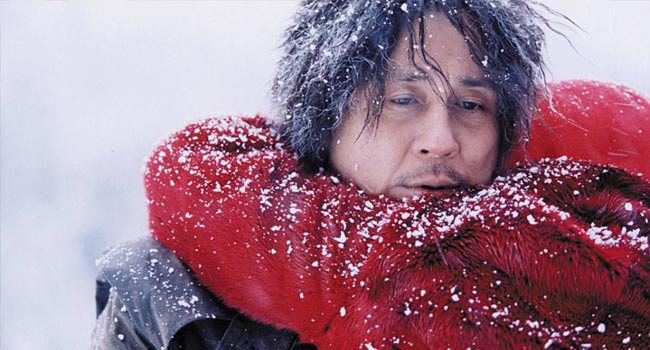
The Korean revenge film to end all Korean revenge films is a wild ride, but no less artistically remarkable, from camera techniques to storytelling mastery. A man is abducted and kept for a very, very long time, for a sin he doesn’t even remember committing. When he is unleashed, he starts seeking bloodthirsty revenge and, progressively, the truth. Along with him during his intense quest is a young woman.
After the finale’s jaw-dropping and gut-wrenching twist, our hero naturally and expectedly needs to forget everything. Thus, he approaches a meditation master who summons him to kill “the beast within”. The esoteric operation seems to be successful, and he reunites with his young companion in a warm hug, only to start silently crying while atoning snowflakes slowly start to fall. Did he actually manage to kill the beast within? And if so, will he ever be able to forget it existed?
The Debate: There was never a debate to begin with; the main question after the end of “Oldboy” is everlasting and unanswered. The human race can deny, but it hasn’t found a way to forget.
12. El Orfanato (2007) – The New Beginning
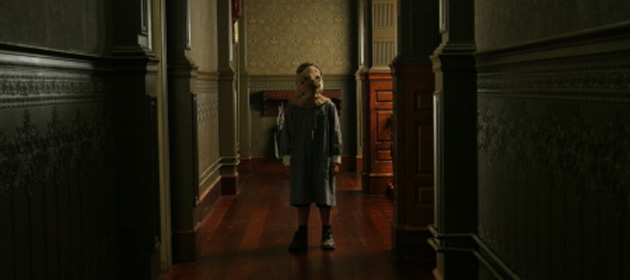
Ghost films had lost their groove long before Bruce Willis’ terrible revelation back in 1999, up until the point this twisted version of Wendy’s return to Neverland served as one of the most chilling and touching horror films of the past few decades. Laura returns to her childhood orphanage to transform it to a boarding school for handicapped children – but her son’s invisible new friend takes up his own plans.
Luckily for those who haven’t seen the film, the open-endedness of it doesn’t involve its heartbreaking twist, but rather what comes after. Laura’s widower is seen alone inside the large and empty orphanage, having just lost a wife and a son. He was the typical macho role of the husband trying to make sense for his own wife, explaining to her there’s no such thing as an afterlife.
In her desperate request for a last chance to sort things out in the orphanage, Laura asks him to give her just two more days; he gives her a protective medallion and wishes her good luck. And it is this very medallion he finds down the floor of the abandoned orphanage, along with a childlike figure waiting for him in the door at the end of the film.
Whether ghosts are real, who the figure really is, and whether Laura’s ghost actually intended to leave the medallion for Carlos to know she is doing fine with her son and her old friends, is something we are left to decide, along with Carlos’s new life from his hopeful smile.
The Debate: There’s no decisive fullstop to the debate of whether Laura was actually confronting ghosts or her childhood memories, but what difference would the answer actually make?
11. Frontière(s) (2007) – The Ending of All Things

The only NC-17 addition to this list is an anti-right-wing slasher in a similar (if not the exact same) vein as “The Texas Chainsaw Massacre”. A group of young thieves flee Paris after a political outbreak, only to find themselves captured inside an inn run by neo-Nazis.
The final girl of this extreme gorefest is pregnant and, after the fight that is the key to her salvation, she takes the car and flees the inn. But even after defeating the radical neo-Nazis who slaughtered her friends, there’s no actual escape from what seems to be depicted as an extremely unfriendly and uninviting France; she has a miscarriage and is stopped by a police block of the newly elected right-wing government.
She raises her hands high, her head is shaking, she is covered in blood, and she is an immigrant fleeing from a hotel inhabited only by dead bodies. What are the chances that she actually escapes from the new hell awaiting her?
The Debate: Even if we never actually get to see the protagonist’s final fate, things seem to be pretty clear; right-wing tendencies had already started taking over since 2007, and the film’s miserable conclusion couldn’t be more politically fitting in 2016’s extreme right-wing Europe. There’s no debate, and there never was, as to whether power will overcome justice in the handling of innocents.
10. In Bruges (2008) – The Don’t-Wanna-End
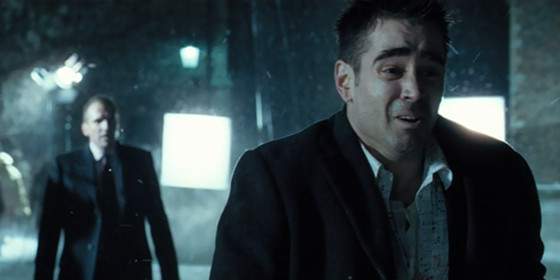
Chock full of wonderful lines, unforeseen surreal situations, and blackly comedic bloody violence, this crime comedy shares a beginning with Quentin Tarantino’s best moments, only to progressively and violently depart from them and turn into a parable for purgatory from personal guilt, with the picturesque city of Bruges as the main setting. Ray and Ken wait for orders from their boss for a seemingly complicated last job in the beautiful city, meeting all sorts of unexpected characters involved in the final bloodbath.
The ending scene is a personal POV of a badly hurt Ray, who’s being taken to the ambulance. His life (or rather the last few days of it) seem to be passing in front of his eyes in the forms of characters, parts of his most hated city in the world, and a personal realization heard in a voiceover.
We don’t know what is to become of our character, but it is to our biggest pleasure that our miserable life-hating antihero has found something worth living for, keeps on hating Bruges, has overcome his guilt, and does “really, really not want to die”. And it is left exclusively up to us whether he will.
The Debate: An earlier draft of the screenplay depicted Ray committing suicide. It is thus rather remarkable that acclaimed (and Oscar-nominated) screenwriter Martin McDonagh decided not to leave the burden of the plot on the issue of whether Ray actually lives, but on whether he wants to keep living. And the final answer the screenwriter decides to take is that, yes, Ray does want to keep on living, regardless of whether he actually does.
9. Inception (2010) – The For-Me-It-Ended
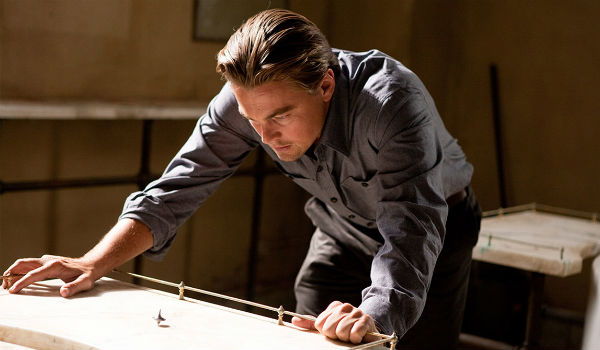
Oh, that one. The one on the list that least needs a description or an explanation as to it’s listed here. Leonardo DiCaprio is an information thief using dream-invasive technology, preparing to perform his last mission, which will grant him the grace of seeing his children again.
Throughout the film, it is normally expected to see the lines between dream and reality blurring, and this not only an issue concerning the viewers, but the characters as well. To distinguish between the real world and the dream world, each character has a totem, a normal object which will only perform metaphysically once the character is trapped inside a dream. DiCaprio’s is a spinning wheel, which, if he is inside a dream, will never fall.
The ending of the film is joyous. All went well and our protagonist reunites with his children. As a last confirmation, the character turns the spinning wheel the moment he faces his children, and the wheel… goes to black. We never actually get to see whether the wheel stopped spinning, whether what we’re seeing is the product of imagination or hard work in real life.
The Debate: A ridiculous number of theories tried to solve the puzzle the year the film came out, with many even changing the nature of the totem and assuming that the actual totem was Cobb’s wedding ring. But the most important of all clues to follow was Cobb walking AWAY from the totem only to hug his children once again. Because, in the end, when he is reuniting with the only people left to love, does it really matter whether it is all a dream?